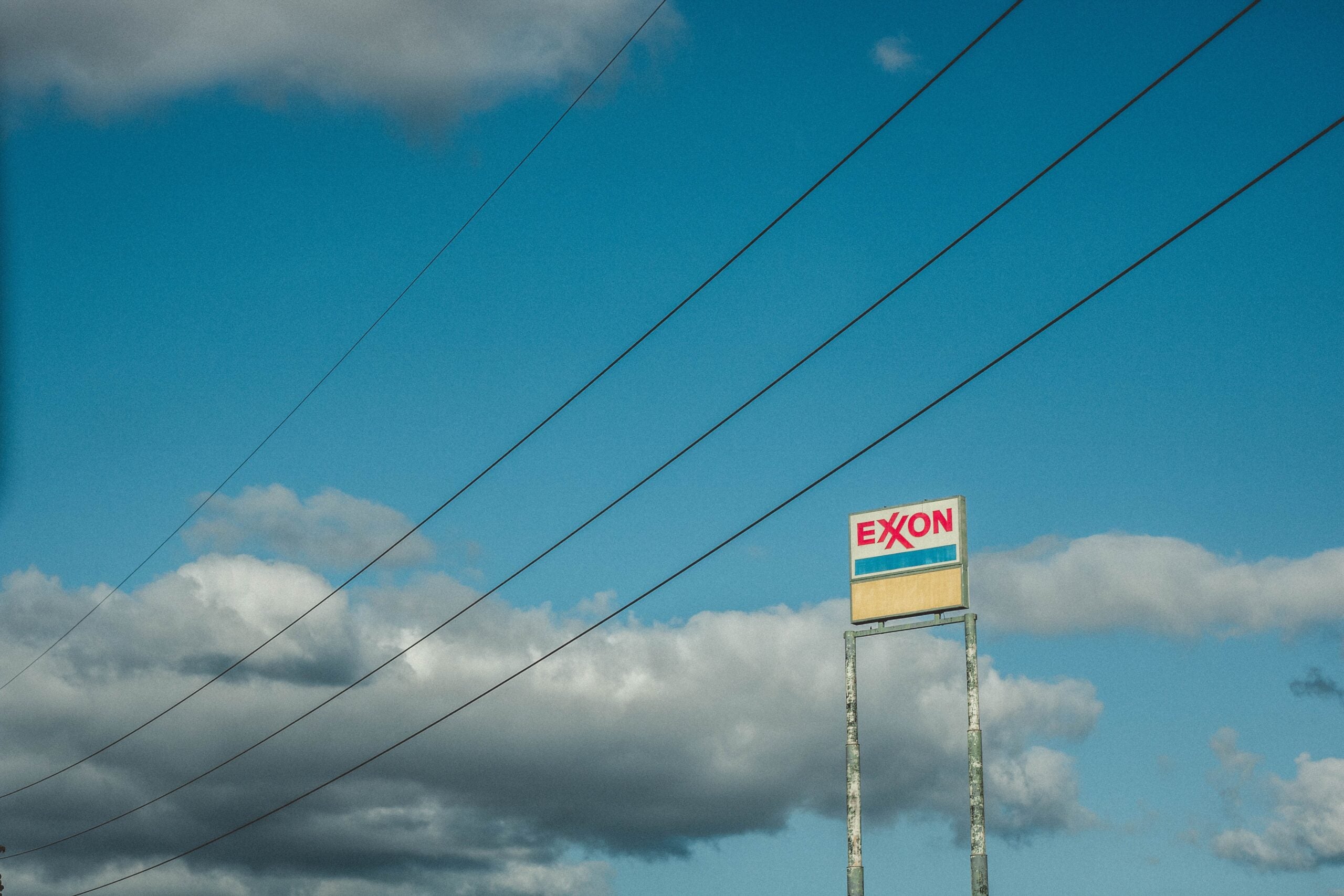Editor’s note: Welcome back to one5c—Corinne here. Last week was Climate Week in New York City, and Joe and I spent a decent chunk of our time soaking up the urgency in the air. The citywide event was timed with the U.N. General Assembly, before and during which the secretary-general expressed literally zero patience for the global lack of progress toward emission reduction goals. “Humanity has opened the gates of hell” is a phrase not easily forgotten. Brutal, but fair.
It’s a reminder that we’ve got work to do, but also that we know how we got here and what needs to happen to pull this thing back. And stuff is in fact happening. The week saw intense pressure for accountability—in the form of lawsuits, legislation, and a whole lotta people in the streets demanding change.
Bits of progress are even showing up in our pockets. As of Friday, iPhone users can officially use standardized charging cables. I asked one5c contributor Leslie Horn Peterson to dig into what the switch means for our e-waste woes.
Cause for optimism: California sets the bar
It’s been a busy fortnight in the Golden State. Gov. Gavin Newsom announced he would sign legislation requiring companies operating in the state to be transparent about their emissions—a move that could set a national precedent for how companies disclose climate risk. That shot came just a few days after California filed a landmark lawsuit against five of the world’s biggest oil companies, citing decades of deception and billions of dollars’ worth of harm to health and property.
🎧 Listen to this: The reporter who uncovered Exxon

If you haven’t yet read The Wall Street Journal investigation into Exxon’s well-oiled efforts to squelch science and sow doubt about climate change, then co-author Christopher M. Matthews’ appearance on The Journal podcast is worth a listen. This, of course, isn’t the first time the oil giant’s plots have been made public, but the conversation with Matthews delves into why this time the evidence (dating back to the 1970s) is more damning than ever.
This week in the IRA: Heat pumps and climate jobs
A group of 25 governors committed to quadrupling the number of buildings using heat pumps in their states, tapping funding from the Inflation Reduction Act to help foot the bill for the efficient HVAC retrofits. Who’s gonna install them all? Partial answer: President Biden has revived the Climate Corps—an initiative that didn’t make the final version of the IRA—to train young people for jobs in energy (including heat pumps) and climate resilience. Details are a little squishy, but the program aims to enroll 20,000 people in its first year.
Two-second energy saver: Don’t overboil
Sweater weather is here, which for a lot of us also means cozying up with our autumnal ration of warm beverages. Whether you heat water for your tea in an electric kettle or are still a stovetop stalwart, here’s a request: Only boil the water you need. Sure, there are differences in how energy-hungry various methods are (microwave FTW?!), but bad habits like warming 4 cups of H2O when you need only 2 really add up.
Mic-drop climate fact
A new analysis published in the journal PLOS Climate found that it takes just 15 days for super-emitters (the top 0.1% of households) to produce the same amount of emissions as the lowest 10% of households generate in a lifetime. In fact, 40% of the nation’s pollution traces back to the top 10th of earners.
Good question: What happens to all those outdated iPhone cables?
By Leslie Horn Peterson
On Friday, the iPhone 15 Pro and Pro Max went on sale in the United States. And though it features upgrades to the camera, chip, and display, the most notable change might be that the phones are the first from Apple to charge via USB-C, ditching the Lightning connector its products have used since 2012.
The move brings the company into compliance with a European Union mandate that all chargers on new mobile phones (and other devices like tablets and e-readers) must be USB-C. While the regulation is part of a larger effort to curb e-waste, it does have the unfortunate side effect of inching Lightning cables toward the island of misfit cords. According to the United Nations’ Global E-Waste Monitor, chargers and cables alone account for 11,000 metric tons of waste each year—and only one-fifth of all electronic castoffs actually get recycled.
Of course, we’d prefer folks not rush to upgrade and create even more waste, but expecting zero adoption isn’t exactly realistic. And the old Lightning cables have to go somewhere. What’s a responsible consumer to do?
- Scrap or sell: The copper and aluminum in cables have value, says Deron Beal, founder and executive director of Freecycle, a site where people can give away items locally. You can sell your coffin of cords to a metal recycling facility (the places that crush cars). Beal recently got $20 doing so for a small box of mixed wires. If that sounds like too much work, post them on Freecycle.org or another buy-nothing group and a scrapper is likely to take ’em off your hands.
- Send them to a recycler: Both Best Buy and Staples will recycle your old cords. Staples will even offer a small store credit when you do so. You can also send your unwanted Apple products back to Apple, which will recycle them, too—that includes power cords and cables. Or find an e-cycler in your area by looking on Earth911.
- Donate or give away: Recyclers strip the plastic coatings from cables, which makes waste, so your absolute best bet is to find a way to extend your cables’ lives. Earth911 recommends donating them to a local STEM program at a school or university.

